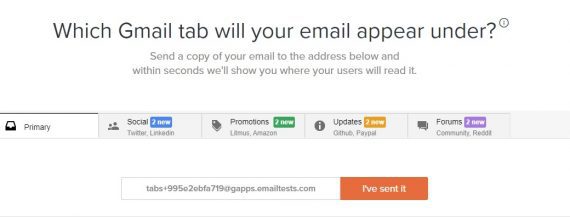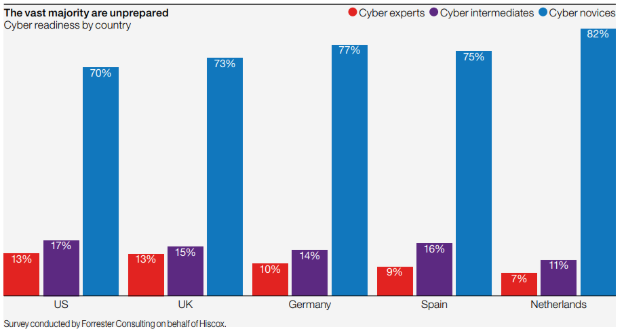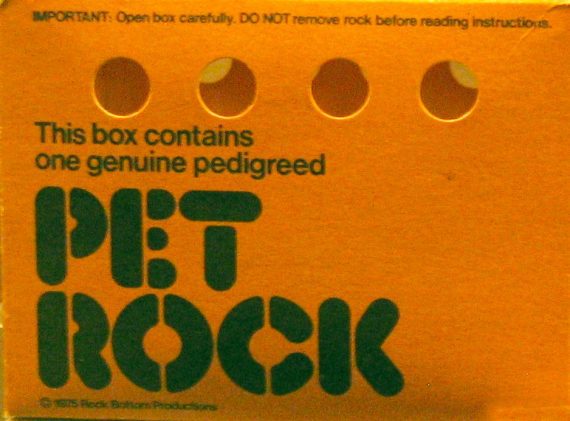Underperforming marketing emails are often an indicator of overall program deterioration. Reductions in clicks, conversions, and revenue are typically symptoms of a larger problem.
Irrelevant content drives unsubscribes. This means understanding your customers — what they have searched and purchased. Match email content — product recommendations, notifications — to those interests.
Email Not Reaching Inbox
Personalization can help keep content relevant. I recently received an email from the Red Cross promoting upcoming blood drives that provided a good, basic example of personalization. The email included blood drive locations near me instead of a generic “find event” button.
Marketers can now boost promotional emails in Gmail by highlighting an offer, offer code, a preview image, and a logo.
In my experience, two to three emails per week are optimal for ecommerce retailers. Again, testing is critical.
- Avoiding spam triggers such as using all caps or excessive exclamation points,
- Keeping domain and IP address reputation high,
- Staying off blacklists,
- Maintaining high subscriber engagement.
Not Optimizing for Gmail
Marketers can now boost their promotional emails in Gmail by highlighting an offer, offer code, adding a promotions preview image, and defining a logo URL that will appear as a custom icon next to the From line.



Gmail recently released a few new features to help marketers stand out in the Promotions tab. You can check how your emails will filter for free using the Litmus Gmail tab tool.

I addressed email database cleaning tips last year.
Gmail also features relevant promotional emails within the primary tab to help add more visibility to your messages.
Gmail for Developers offers documentation on how to code emails for these features. In addition, Gmail has several email partners that include promotional annotations in their software, including Litmus, Salesforce, Sailthru, Oracle Bronto, and more.
Litmus’s free Gmail tab tool will detect where in Gmail an email will end up.
The Wrong Offer
While these statistics seem scary, there are several ways to maintain an engaged list.
- For product sales, usually a gift or a pre-populated cart helps. The latter auto-loads a free item into a recipient’s shopping cart.
- Free shipping has lost some appeal as most retailers offer it in some capacity.
- Dollar-off offers tend to perform a bit better than percentage-off.
Remember that elevated unsubscribed rates will hurt your reputation score, leading to more emails in junk or spam folders.
Outdated Data
Zurb offers a free subject-line preview tool.
Each subscriber has unique tolerance levels. But no one wants to receive multiple emails a day from a single sender. I recently unsubscribed to a few of my favorite brands that sent upwards of 15 emails a week.
- Removing unengaged subscribers.
- Running email verification on any subscriber that hasn’t been emailed in over 30 days.
- Encouraging new email subscriptions.
- Keep email frequency low to new subscribers to prevent immediate opt-outs.
In this post, I’ll address seven causes of poor email performance and how to fix them.
Too Many Emails
However, what your email provider is not reporting is how many of those delivered emails ended up in the inbox versus a subfolder, such as spam or junk. Unfortunately, no tool detects that percentage.
Even the most loyal customers will eventually unsubscribe if you send them too many emails. Frequency in email marketing is a fine art and requires testing and monitoring. A few unsubscribes may seem inconsequential, but too many will impact performance.
Email data can become obsolete quickly. According to Return Path, on average only 56% of subscribers remain on an email list after 12 months! Of those that remain, roughly 47% are “active” — having opened and read at least one email.
According to Litmus; in April 2022 Gmail was the second most popular global email client (behind Apple), accounting for roughly 30% of the market. In 2013, Gmail added tabs in the recipient’s inbox, leading most marketing emails to be filtered to Promotions.
Mismatched Content
Offers are tricky. Always test email offers to help determine which works best for your audience. In my experience, performance can vary drastically depending on the product and service.
Always preview the combination of your “Subject” line, “From” line, and preheader, especially on mobile. Keep subject lines short with the preheader as an extension. Do not repeat words.
Poor Subject, From, Preheader
Encourage inboxing by:
Make sure to pair the offer with your recipients. For example, a small amount off will not likely appeal to a high-end jewelry buyer.






